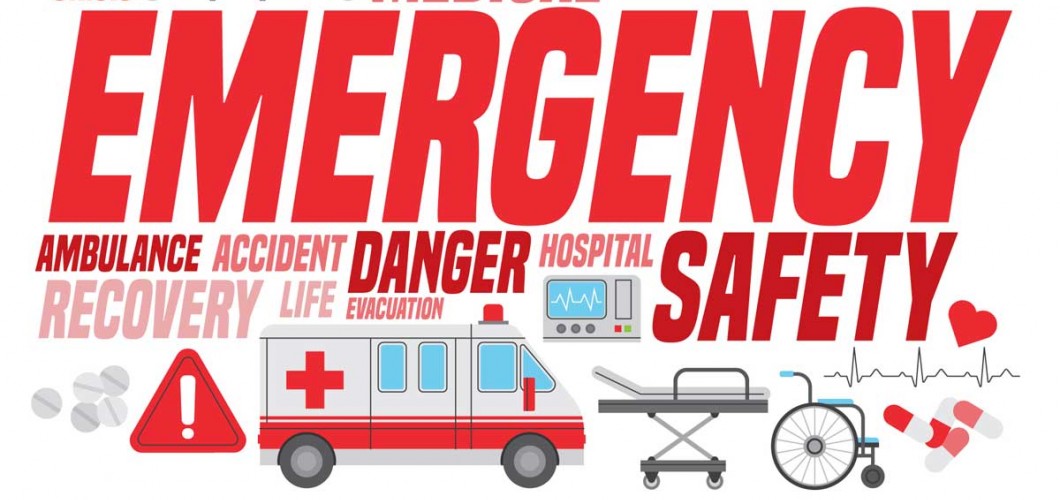
First Aid Training Through Emergency Scenarios: Be Ready to Save Lives
First aid is a crucial skill that can increase the chances of survival, and timely intervention in emergencies can be life-saving. However, the effectiveness of first aid training is directly linked to how well the knowledge learned can be applied to real-world emergency scenarios. Therefore, training through emergency scenarios is one of the most powerful tools in first aid education. Real-life scenarios help students develop the ability to make quick decisions, stay calm, and intervene effectively during emergencies. In this blog, we will explore the benefits of first aid training through emergency scenarios, how to learn effectively with these scenarios, and why this approach is essential.
1. The Role of Emergency Scenarios
First aid training is a process that requires both theoretical knowledge and practical application. Real-life scenarios help ensure that training achieves its goal by preparing students for the stress and time pressure typical of actual emergency situations. Trainers not only convey theoretical knowledge but also teach how to apply that knowledge effectively under pressure.
a. Staying Calm and Thinking Quickly
Emergency situations often trigger feelings of fear and panic. In such situations, staying calm and making quick, accurate decisions is crucial. Emergency scenarios simulate challenging environments to help students develop this skill.
b. Opportunities for Realistic Application
Emergency scenarios provide students with the chance to practice life-saving techniques in realistic situations. For instance, how to assist an injured person in a car accident or how to perform CPR on someone having a heart attack—these scenarios enable students to apply their learned knowledge in real-world situations.
2. Methods Used in First Aid Training with Emergency Scenarios
First aid training with emergency scenarios can be implemented through various methods and tools. These scenarios are designed to ensure that trainers provide students not just with knowledge, but also with the practical skills necessary for success. Here are some of the most commonly used methods:
a. Role-Playing
Role-playing offers students the opportunity to act out emergency scenarios they might encounter in real life. This method allows participants to make decisions and intervene in real-time. Trainers create various emergency scenarios, and students try to solve them through practical application.
b. Simulations and Virtual Training
Simulations allow students to experience emergency situations in a controlled, virtual environment. This method offers students a chance to practice following critical steps correctly. Virtual training helps students understand how to react in various emergency scenarios and make sound decisions.
c. Real-Life Scenarios and Case Studies
Emergency scenarios can be based on real-life situations. Trainers use actual case studies to show students how to apply the first aid techniques they’ve learned. For example, training for heart attack victims, drowning cases, electrical shocks, and other emergencies, offers practical knowledge that can be used in real-life situations.
3. Benefits of First Aid Training Through Emergency Scenarios
Training through emergency scenarios helps students improve both their knowledge and skills. There are several important benefits to this approach:
a. Developing Quick and Effective Intervention Skills
Realistic emergency scenarios help students develop the ability to intervene quickly and correctly. In such training, participants are prepared to respond calmly and effectively in real emergencies.
b. Stress-Free Learning Experience
Emergency scenarios teach students how to manage stress and act under pressure. These practical experiences allow students to understand how to remain calm during a real emergency and act decisively without panic.
c. Increased Motivation in Training
Realistic scenarios and case studies make the training more engaging and dynamic. Students show more interest in learning when they understand how to apply their first aid knowledge in real-world situations. This helps increase motivation.
d. Improved Teamwork and Communication Skills
Many emergency scenarios require teamwork. Students learn how to work together and assist one another, helping them develop effective communication and collaboration skills during a crisis situation.
4. How to Succeed in First Aid Training Through Emergency Scenarios
To be successful in first aid training using emergency scenarios, there are some key strategies:
a. Apply Scenarios Realistically
To provide a valuable learning experience, scenarios should be designed based on real-life situations. Students should train with scenarios that closely resemble those they may face in emergencies.
b. Focus on Practical Application
In addition to theoretical knowledge, hands-on training is essential. Practicing through scenarios ensures that students reinforce their knowledge and are better prepared for emergencies.
c. Regular Feedback
It’s important to receive feedback during the training to assess whether the students are applying first aid procedures correctly. Trainers should provide feedback after scenarios to accelerate learning and help students avoid mistakes.
5. Conclusion
First aid training through emergency scenarios helps students not only gain theoretical knowledge but also learn how to apply this knowledge effectively in real-life situations. Realistic scenarios prepare students to make quick decisions and act calmly during emergencies. Remember, first aid training is not just a skill but a responsibility, and the right intervention during an emergency can save lives.

Leave a Comment